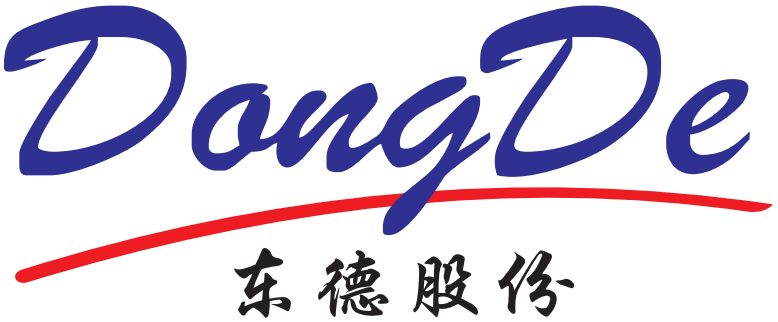The principle and use of PC light diffuser
At present, the mainstream diffuser materials on the market include PMMA, PC, PET, etc., but this is only one of the criteria for determining the pros and cons of the diffuser. The different types of integrated LED light sources and the different distances between the light source and the diffuser are the basis for selection. If subdivided in this way, plus different materials and thicknesses, there are dozens of options for the diffuser, especially in Zhongshan. In a market with complex levels, it is more difficult to unify various measurement standards. At this stage, the most used material is PC material. As for why PS material is the favorite of major flat light manufacturers, I will find out for you in a while!
Concept: A light diffuser is a kind of light that passes through a diffuser layer made of PC/PMMA/PS and other substrates. When it encounters a medium (diffusion particle) with a different refractive index, it will undergo multi-angle and multi-directional refraction, reflection and scattering Phenomenon, so as to achieve the light diffusion effect, and provide a uniform surface light source for the display lighting assembly.
The background of the light diffusion plate: In the process of LED lighting being gradually accepted by the market, the problem of lampshades has been plagued by lamp manufacturers. It is necessary to have a high light transmittance as a prerequisite, but also to have a considerable light diffusion rate and good light source concealment. At first, glass was used to produce lampshades. The problem with glass was that it was fragile, and the light diffusion effect was not very good, so it was difficult to meet the lighting requirements and use it immediately. Later, it gradually developed to use resin instead of glass. If only transparent resin is used for the lampshade, although the light transmittance is very high, it can basically reach more than 90%, but the light scattering effect is not ideal, and the light source concealment performance is poor. The whiteboard resin has too low light transmittance, which seriously affects the lighting of the LED lamp.
